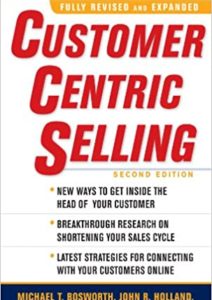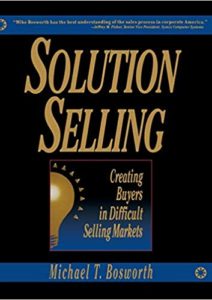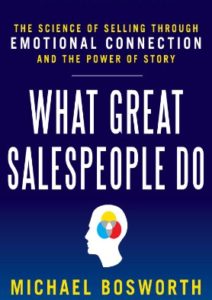Most of us in the sales and marketing game are familiar with permission marketing. Any time you put in your email online, you give a company permission to market to you. But permission selling is a little bit different, in that a salesperson gets permission from the buyer to sell to them after they have opted in and accepted the opportunity to be pitched to.
The Steps of Top-Down Permission Selling:
Permission selling is a series of questions. The goal is to get your potential buyer to say yes to your questions, and continuing the process of the sales conversation by asking subsequent questions. Each time the buyer says “yes” to a question, they are giving you permission to continue probing further. In the beginning, questions are centered around experiences from current or previous customers. An example of an initial question might be, “Can I share with you some statements by my current customers that you might be able to relate to you?” Most people will say yes, at which point you can provide some customers using statements.
Customer Using Statements:
A customer using statement is a sample statement from a current customer that conveys how they feel about using the product or service, and how it has helped them be successful. An example might be: “Our salespeople know how to emotionally connect and build trust with new prospects.” After delivering the using statement, the salespersons asks another question. “Would you like to be able to say this, can you say this today, or do you not care?” If the answer is “I would like to be able to say this,” you continue the process by asking “can I tell you a story about the client who said that.” You use the information provided to you by happy clients to help further the conversation with prospective clients.
The Benefit of Eliminating Defensiveness:
Part of why this question-answer process is so successful is because it doesn’t make the customer feel like they are being sold to. When a customer gets triggered and feels like they are being pitched at, they become defensive, and closed off, which makes it significantly harder, if not impossible, to continue the sales conversation in an effective way. However, permission selling involves the buyer in the process so that they do not get defensive, and actually take a personal interest in the conversation.
Short but Sweet:
Find stories that have a hero, have emotion, and have a vision of using the product. The stories that you use in permission selling have to be deliverable human beings to human beings in a conversational way, usually in less than 60 seconds. Some salespeople will struggle to condense a customer using statement into one minute, but synthesizing the story into something compact and to the point can help reorient salespeople to an approach more conducive to permission selling.














Comments